What Is The Best Tool To Analyze The Skin——Finding the Right Skin Analysis Equipment
The market today offers an extensive selection of skin analysis tools, ranging from basic magnifying lamps to cutting-edge imaging systems, each differing in complexity, precision, and functionality. In this article, we’ll look at the most popular options and see why the new generation of professional skin analysis equipments—like the DJM Imoreme Skin Analysis 2 Pro—is redefining accuracy and setting a higher benchmark in skin diagnostics.
Common Skin Analysis Equipments/Tools and Their Capabilities
|
Method / Tool |
Functions |
Pros |
Cons |
|
Magnifying Lamps |
Magnified, lit view of skin surface. |
Low cost, easy to use. |
Surface only, no deep analysis. |
|
Advanced Machines (VISIA, OBSERV 520x, DJM Imoreme 2 Pro) |
Multi-spectrum/UV imaging, multiple skin metrics. |
Detailed, detects hidden issues. |
Higher cost, needs trained use. |
|
AI Tools |
Selfie analysis with AI skincare advice. |
Convenient, accessible. |
Less accurate, photo dependent. |

Magnifying Lamps
Magnifying lamps remain a staple in basic skin assessments thanks to their simplicity and practicality. They use a combination of strong, focused lighting and magnification to give skincare practitioners a closer look at the skin’s outermost layer. This makes it possible to spot visible concerns like blemishes, enlarged pores, redness, and fine lines with clarity. Affordable, easy to handle, and suitable for use in both professional settings and at home, they are a convenient choice for surface evaluations. However, they cannot reveal what lies beneath the skin, meaning early pigmentation changes or underlying sun damage often go undetected.
Advanced Skin Analysis Machines
When it comes to delivering precise, comprehensive insights into skin health, advanced skin analysis machines set the industry standard. Leading examples include VISIA Skin Analysis, OBSERV 520x, and the DJM Imoreme Skin Analysis 2 Pro, each offering unique capabilities for professional skincare evaluation.
VISIA Skin Analysis– A versatile imaging platform that examines spots, wrinkles, pore size, and UV-related damage. Its skin-aging simulation function provides a preview of potential future changes, helping practitioners design proactive care strategies.
OBSERV 520x – Known for its ability to capture both surface and subsurface details, this system uses UV and polarized light imaging to reveal early pigmentation changes and sun damage that standard visual checks can miss.
DJM Imoreme Skin Analysis 2 Pro – A state-of-the-art professional skin analysis equipment that measures nine key skin factors, including hydration, oil control, pigmentation, sensitivity, wrinkle depth, pore condition, texture, elasticity, and UV impact. It processes data at 60 trillion calculations per second, displays results on a 23.8-inch HD screen, and utilizes 5-spectrum imaging with 11 shooting modes for exceptional diagnostic accuracy.
For a deeper look at how clinics can leverage these innovations, explore our guide on the best skin analyzer for clinics to deliver smarter, personalized skincare in 2025.
Compared with basic devices, these systems offer a data-driven, multi-layered view of the skin—empowering professionals to uncover hidden issues, track changes over time, and create highly customized treatment plans. While they require greater investment and trained operation, their precision, credibility, and ability to enhance client confidence make them indispensable for clinics, medical spas, and high-end skincare facilities.
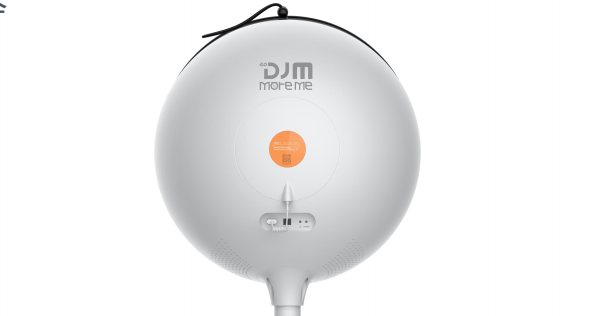
AI-Powered Skin Assessment Tools
Artificial intelligence is rapidly transforming how people approach skincare. Mobile and online platforms such as Neutrogena Skin360, La Roche-Posay MyRoutine, Vichy SkinConsult AI, Sephora Smart Skin Scan, and Cetaphil MySkin let users snap a selfie and receive an instant evaluation.
After processing the image, the AI examines key indicators—wrinkle depth, pigmentation distribution, texture uniformity, and overall skin tone—before generating tailored product or routine suggestions. The appeal is clear: with only a smartphone and internet access, anyone can obtain quick insights without visiting a clinic.
However, these tools’ accuracy is strongly influenced by photo quality. Lighting, camera resolution, and shooting angle can all skew results. While they offer unmatched convenience, speed, and affordability, they still fall short of the measurement precision, diagnostic detail, and long-term tracking provided by professional-grade equipment.
For everyday users, AI-based solutions are excellent for casual check-ins, monitoring changes, or getting initial guidance. In a professional context, they serve best as a supporting tool—enhancing, rather than replacing, in-clinic skin diagnostics.
Choosing the Best Skin Analysis Equipment
Selecting a skin analysis device is not just about opting for the most advanced model—it’s about finding a solution that aligns with your goals, environment, and the level of insight you want to deliver. Whether you’re a skincare enthusiast monitoring changes at home or a professional managing a busy clinic, the right choice can significantly improve accuracy, efficiency, and client engagement.
Key Evaluation Points:
Intended Use – Define your primary purpose. Home users often value portability, simplicity, and affordability. Beauty salons may prefer multi-functional devices for daily treatments. Dermatology clinics and medical spas typically require high-resolution imaging, advanced analytics, and secure long-term record-keeping.
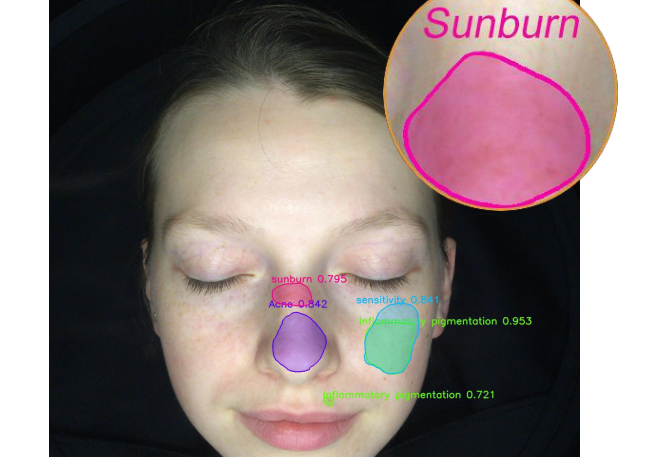
Scope of Analysis – Decide if you only need basic surface observations or deeper imaging that reveals hidden issues such as early pigmentation, UV damage, and changes in skin structure before they become visible.
Accuracy & Consistency – Precision matters. Reliable, repeatable measurements are essential for tracking progress and building client trust over multiple sessions.
Presentation & Client Engagement – A device that translates complex data into clear, visually appealing images or reports makes it easier for clients to understand their skin condition and follow professional advice.
Workflow Integration – For professional settings, consider whether the system supports cloud storage, patient record integration, or seamless data sharing to streamline consultations and follow-ups.
Pro Recommendation:
For professionals aiming to combine cutting-edge diagnostics with an impressive client experience, the DJM Imoreme Skin Analysis 2 Pro is a strong contender. Its 5-spectrum imaging technology, lightning-fast 60-trillion-per-second processing, and large HD display provide both the technical depth and the visual clarity needed to deliver impactful consultations. This combination not only raises diagnostic accuracy but also enhances client confidence—turning each assessment into a more engaging, results-focused interaction.
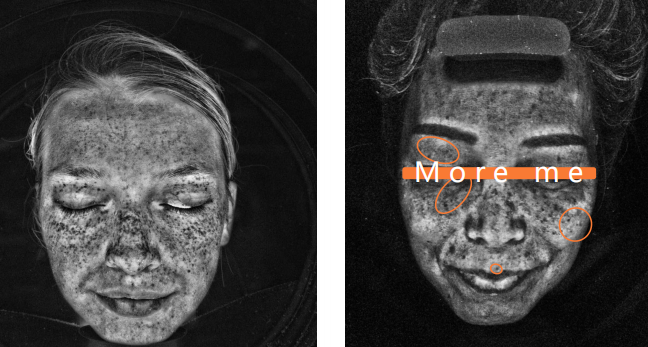
Read more
https://www.djmimoreme.com/resources/blog/top-5-skin-analysis-machines-of-2024.html
Conclusion
The skin analysis landscape has evolved from simple magnifying tools to AI-powered apps and high-precision imaging systems—each with its own role to play. While magnifying lamps and AI-based platforms offer convenience and accessibility, they cannot match the depth, accuracy, and credibility that professional-grade analyzers bring to the table.
For beauty businesses and medical skincare providers, investing in advanced technology is not just about upgrading equipment—it’s about elevating service quality, building client trust, and achieving more targeted treatment outcomes.
Table of Contents
Related information
How can we help you?
Have specific questions or requests? Fill out our inquiry form, and our dedicated team will get back to you promptly. Your inquiries are important to us, and we are committed to providing comprehensive and personalized responses tailored to your needs.


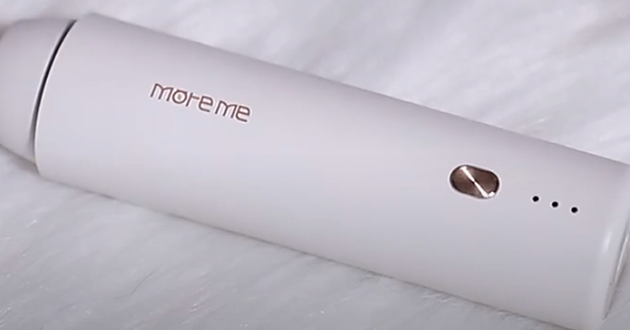

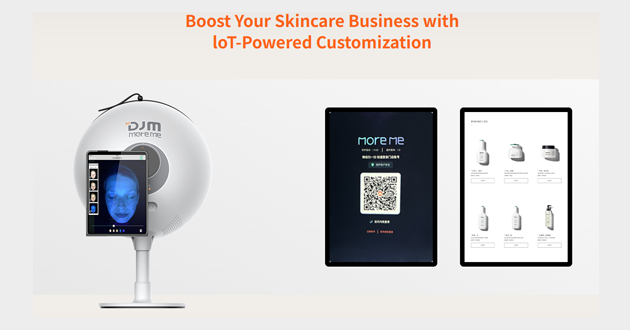
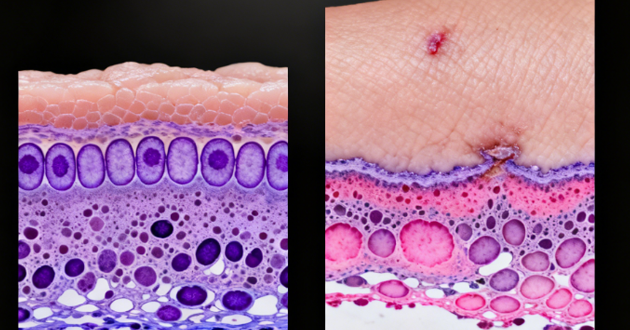
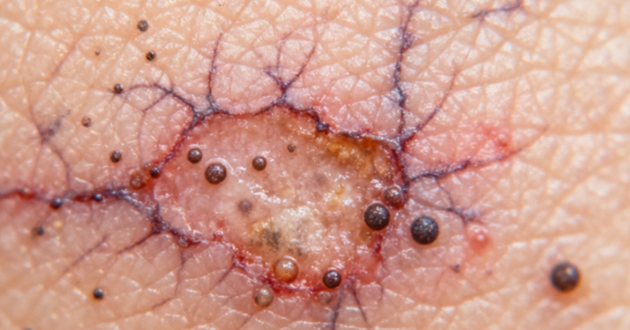
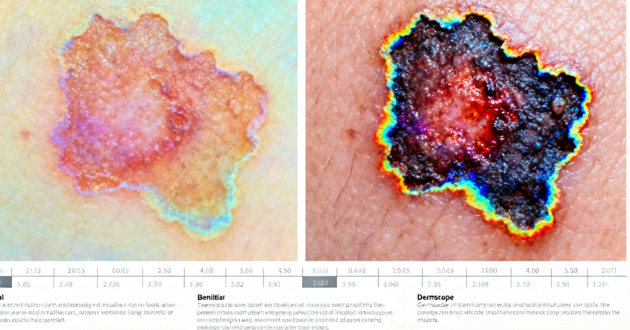
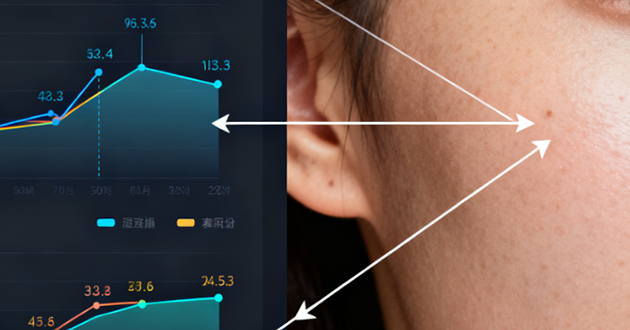
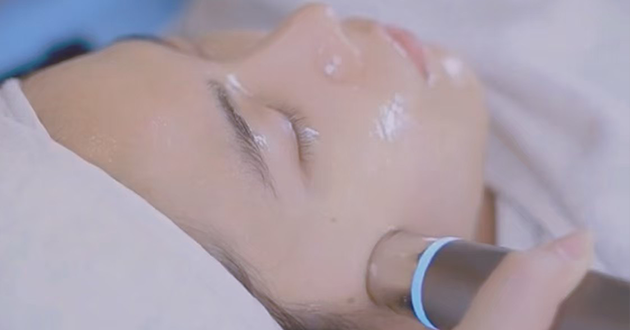


 Reach out to us today!Whether you are preparing to start your own
business in the beauty industry, are ready to upgrade your
equipment, or are just interested in our products,Contact us
today, and let’s explore how we can partner to achieve your goals
and drive your success to new heights!
Reach out to us today!Whether you are preparing to start your own
business in the beauty industry, are ready to upgrade your
equipment, or are just interested in our products,Contact us
today, and let’s explore how we can partner to achieve your goals
and drive your success to new heights!
